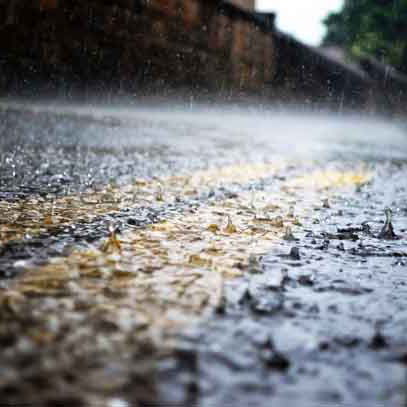
wikimedia
Over a year after Hurricane Maria rocked Puerto Rico with 115 mph winds and almost two feet of rain last September, the island is still struggling to get on its feet in spite of aid given at the local, state and federal levels.
Connecticut government officials are currently working to support victims of the natural disaster. In a statement on Oct. 2, Gov. Dannel Malloy announced an additional $750,000 in federal aid to provide mental health support to children and their families who fled to Connecticut in the wake of the storm. Closer to home, New Haven Mayor Toni Harp and other city officials commended the efforts of Elm City residents in aiding Puerto Rico and those who evacuated to New Haven in Hurricane Maria’s wake.
“The New Haven community came together in a beautiful way to help those in need, and it made me proud to be a New Havener,” Ward 1 Alder Hacibey Catalbasoglu ’19 said in a statement to the News.
According to the Center for Puerto Rican Studies at Hunter College, around 135,000 people evacuated Puerto Rico and traveled to the mainland United States in the six months after the hurricane struck. Of these, roughly 10 percent came to Connecticut. The hurricane’s death toll is estimated at almost 3,000, and thousands of residents are still homeless, according to an investigation by The New York Times.
The federal funding bonus to the state comes from the U.S. Department of Health and Human Services and will be used by the Connecticut Department of Mental Health and Addiction Services and the Connecticut Department of Children and Families to fund mental health services like school outreach and medication management at child guidance clinics in cities including Hartford, New Haven and Bridgeport.
“Thousands and thousands of young children had their homes destroyed by a catastrophic storm that left them displaced and uprooted from the only place that they have ever known,” Malloy said in the statement. “It is critical for them to receive these services now so they can lead healthy, productive lives.
The state’s public schools have been particularly impacted by the influx of hurricane victims. According to the Connecticut State Department of Education, Connecticut school districts have received more than 1,745 displaced students since late October 2017. As of June, 212 students from Hurricane Maria are enrolled in New Haven public schools, many of whom require special resources such as English language learner classes, special education, mental health services and school supplies.
The governor’s office contributed $400,000 to New Haven to support these efforts, while the federal government set aside $35 million nationwide in its 2018 budget for services to help students recover from traumatic events like natural disasters.
In June, the state legislature granted $1.5 million in aid to the state departments of education, housing, social services and various nonprofits to support those displaced to Connecticut by last year’s storm.
According to Harp’s press release, Elm City residents collaboratively raised funds and donated supplies to the victims of the hurricane. In a press release in late September, Mayor Toni Harp praised the city’s “immediate, no-questions-asked crisis mobilization” to help thousands of destitute Puerto Ricans.
New Haven nonprofit Junta for Progressive Action has provided services to new arrivals like after-school programs, as well as English and GED classes for adults. Other nonprofits aiding arrivals included the Community Action Agency of New Haven, the Cornell Scott Hill Health Center, the Fair Haven Community Health Center, the Hispanic Federation and United Way of New Haven.
“It takes a city, and this city stepped up to the plate,” said Ward 26 Alder Darryl Brackeen Jr. at a Board of Alders public workshop on the welfare of recent student arrivals from Puerto Rico in February.
Hurricane Maria is the most powerful storm to hit Puerto Rico since 1932.
Nathalie Bussemaker | nathalie.bussemaker@yale.edu .







